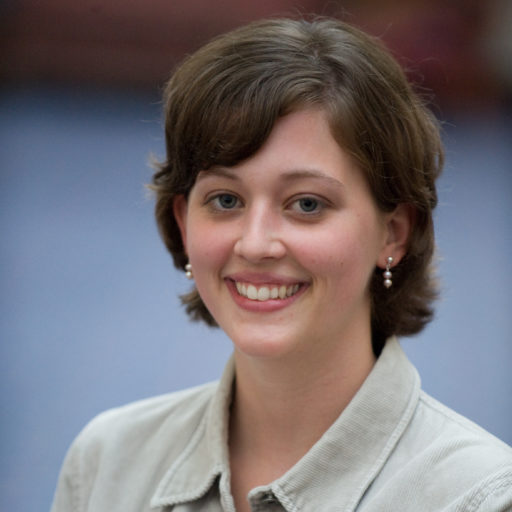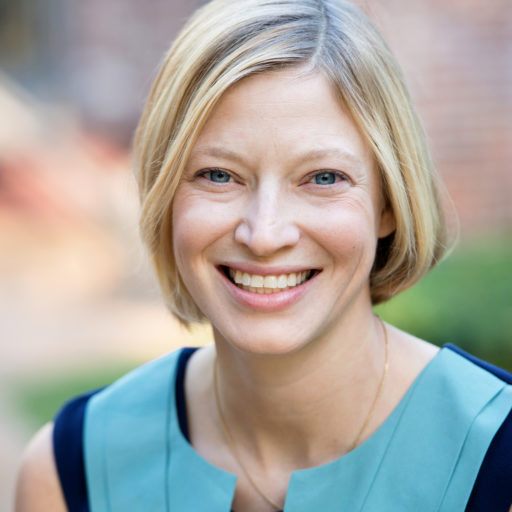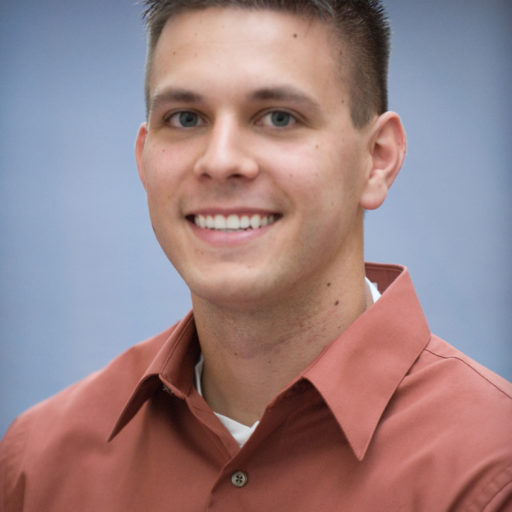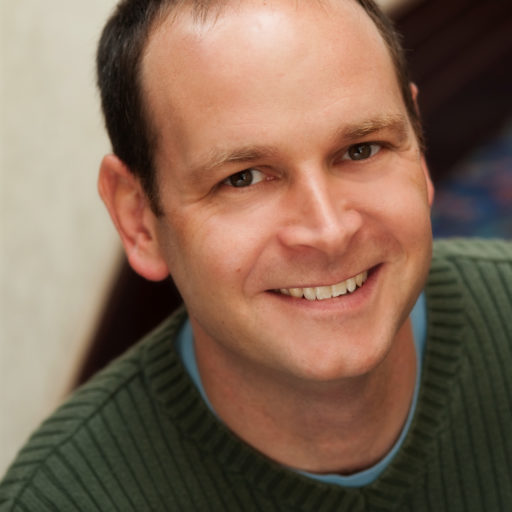INTRODUCTION
The KSTF Engineering Task Force¹ (ETF) has been examining how to integrate engineering projects and processes into math and science classrooms. It draws on Teaching and Senior Fellows’ classroom experience. The Senior Fellows that make up the ETF are life science teachers, physical science teachers, math teachers, and even engineering teachers. Some of us are novices whose boundless enthusiasm makes up for our lack of engineering experience; others bring expertise based upon engineering degrees and years of experience in the field.
At the initial meeting of the ETF in summer 2013, we considered the initial question: “What is important in engineering design?” Through a rich and often boisterous discussion, we collectively broke down the engineering design process into four main phases: problem definition, design exploration, design optimization, and design communication.
The ETF’s first three phases align well with the three-phase process outlined in the Next Generation Science Standards (NGSS), with an additional phase to emphasize design communication. We have chosen to represent each phase with a circle instead of an arrow because the engineering process is iterative, not linear. Imagine that each circle is a gear that helps turn all of the others in an effort to complete the whole process. In the first two phases, the engineering process is divergent, where the engineer/student is expanding the design space through brainstorming and creativity. The latter two phases focus on narrowing down the choices, converging to a single, optimized solution.
Each phase offers different rewards and challenges for students, teachers, and engineers, and each phase is critical within the larger process of moving from problem to solution. In the article below, four members of the ETF have each selected one phase, crafting an argument for why we feel that phase is so critical to the engineering design process. We hope that this article will help you understand the engineering design process, provide an impetus for you to incorporate engineering into your classroom, and consider which phase you think is most crucial to the process.
ENGINEERING DESIGN PROCESS DEVELOPED BY KSTF ENGINEERING TASK FORCE

PHASE 1: PROBLEM DEFINITION BY CASEY O’HARA
It is often said that a scientist is not one who gives the right answers, but instead asks the right questions. It might as easily be said that an engineer is one who identifies the right problems. A vague notion of a problem, expertly framed, becomes a worthwhile engineering task. Clever framing can focus attention on one aspect of a grand issue, or can “embiggen” an otherwise trivial problem. In establishing the scope, constraints, and criteria of an engineering problem, problem definition becomes the single most influential phase in the design process.
Let’s examine a broad, challenging problem: cooking practices in rural communities in developing countries are often terribly inefficient in fuel use, create dangerous indoor air pollution, and contribute to carbon emissions. For this example, I will put myself into the shoes of a student, given only the broad problem statement above as my guidance. First, let’s narrow the scope to focus only on cooking practices in rural Kenya. I could have selected a different country, with different practices and needs, or defined an inclusive scope that addresses concerns across many contexts; different choices in scope would likely result in different products at the end of the process.
Let’s establish some constraints, consistent with the chosen scope. With a little research I found that rural Kenyans rely almost exclusively on wood as cooking fuel; I will constrain my design to use wood as fuel, to accommodate existing cultural norms. I might set constraints in price and materials, ensuring that my design is affordable for the average Kenyan family. Again, I could choose different constraints, understanding that this would certainly impact the final design.
It is often said that a scientist is not one who gives the right answers, but instead asks the right questions. It might as easily be said that an engineer is one who identifies the right problems.
Finally, I must determine criteria by which I would evaluate my design. I would like to increase fuel efficiency, reducing both fuel costs and carbon emissions. I would also like to improve indoor air quality and minimize cost. How I choose to prioritize these criteria drives choices involving tradeoffs. For example, adding a chimney to vent exhaust gases might greatly improve indoor air quality, with less improvement to the stove’s cooking efficiency, and likely at a higher price. Which design is preferable? It depends entirely on my priorities established in this phase.
The final outcome of any engineering design project depends on choices made in each phase of the process. But this initial phase—problem definition— establishes the framework within which all other engineering decisions must be made and evaluated. And this extends far beyond engineering—as students develop skills in critically examining problems and defending rational decisions about priorities, they develop a conceptual toolbox to approach problems in any science or math class, as in life.
As teachers, it can be a little daunting to relax our grip on our curriculum, to give our students the freedom to push the bounds of an in-class project perhaps beyond our own comfort levels. But the student engagement and empowerment that results is certainly worth the effort. We want our students to ask the right questions and to identify the right problems—that’s where the engineering starts.
PHASE 2: DESIGN EXPLORATION BY KATHERINE SHIREY
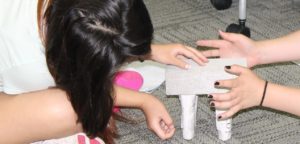
Students work on a newspaper support structure challenge to learn about the four phases of engineering. (Photo by Katey Shirey)
The second phase of the engineering design cycle is the most important in high school engineering: design exploration. It is here that the studentengineer develops a potential solution and where the direction of the classroom is steered away from the teacher and towards the student. In phase two a student-engineer takes a problem statement with constraints and begins to make her investigation into what would best solve the problem. She generates and compares design alternatives through systematic modeling, testing and comparison. At the end of phase two she has a preliminary design that approaches or meets the list of required functions, criteria and constraints from phase one.
Significantly, phase two allows solutions to diverge widely and encompass student interests and curiosities without restriction. It reorients the classroom away from teacher-directed instruction and sends students into a hunt for the best solution. In this way the design exploration phase is the most open-ended and student-centered portion of the engineering design process. Phase two represents a significant divergence from typical models of science instruction where instruction starts with a teacher sharing information with students through lecture, and then students familiarizing themselves with the information by conducting a lab or solving sample problems before being graded on their retention.
In design exploration, however, a student-engineer is encouraged to brainstorm a flurry of design ideas, gather data multiple times on any number of questions that will help to evaluate the ideas, and use other tools, such as a Pugh Chart or decision matrix, to evaluate the designs. There is no predetermined answer to be verified, only limitless imagination to be explored and compared. As they test ideas, students will investigate physical and mathematical constraints—the subject content that a teacher may wish them to “cover” in a more traditional lab.
Last summer I asked 26 high school students at a science and math enrichment summer camp to design a doghouse that would stay warm in the winter and cool in the summer. Students brainstormed, debated, and defended their ideas for the best materials: shingles, wood, foam, aluminum foil, carpet, plastic sheeting, mirrors, tubes, vent panels, solar panels, fans, ice and more. In small groups, students built mock-ups to compare various ideas before deciding on the most important, appealing, and successful designs to carry forward into the next phase. One group decided to pursue a balloon cooling mechanism to blow air into the house; another group proposed a vaulted, open-air second story for the dog to retreat to on hot days.
Without limits or bounds for design, the students worked with deep complexity and interest, all the while developing a better understanding of science content. For instance, they learned how a “biology word” like homeostasis relates to insulation, heat transfer, homes, and energy.
In summary, the design exploration phase of engineering design shifts the purpose of classroom activities away from that of teacher demand and approval, and toward student interest and student evaluation, increasing the intrinsic motivation that students have towards their work.
PHASE 3: DESIGN OPTIMIZATION BY SCOTT MURPHY
Humans have been trying to solve problems since the inception of human existence. Common sentence starters include, “I wish that …” or “Hey, I’ve got a great idea…” The first allows people to identify a problem or a need; the second allows people to explore a design. However, the science of engineering reaches a crucial maximum when we start optimizing our design.
For instance, travel across a long distance has improved tremendously, allowing people to meet, share ideas, and explore new terrain. Think about the automobile; the structure of the car remains largely the same as Henry Ford’s Model T. However, that has not stopped car manufacturers from employing legions of engineers. The problem remains defined (how do we get from Point A to Point B?) and the essential design is very similar. That leaves the process of optimizing the design, given changing priorities.
As teachers, it can be a little daunting to relax our grip on our curriculum, to give our students the freedom to push the bounds of an in-class project perhaps beyond our own comfort levels. But the student engagement and empowerment that results is certainly worth the effort. We want our students to ask the right questions and to identify the right problems—that’s where the engineering starts.
Companies establish their criteria and priorities in the first phase of the process. They want cars to be affordable, meet certain mileage standards, and be fun to drive. The car must be comfortable; the car must be safe; the list continues. However, until a prototype is actually built, this wish list is simply that—a wish! Engineers are continually collecting data and using that data to make informed decisions about what solutions will yield the best end product. In the classroom, this might look like students building a gravity car based on a set of constraints (e.g., needs to travel a certain distance, stop, complete the trip intact), making a high level engineering project accessible for all students.
After the criteria and constraints are established, the metaphorical rubber of engineering practices meets the road of reality. Everyone would love to build a cheap car that is safe, fuel efficient, and fun to drive. When others would use their gut instinct and hope for the best, the engineer uses data to make decisions. Each time new data becomes available, the engineer returns to the design to improve it. As science continues to discover new ideas and possibilities, the engineers continue to reevaluate their decisions to create the best possible solution. This iterative process separates engineering from other approaches, allowing for the best possible outcome given a set of circumstances. This is an opportunity for students to engage in authentic science dialogue in the classroom. As students collect data on individual variables, they will need to share their information with their classmates in order to determine the most effective design.
Once a decision has been made, it is time to build and test the concept. Without an actual prototype to test, all of the work is theoretical. This stage is where the engineer confirms the viability of the solution. Often there is a good deal of fine tuning that needs to take place after the construction of the prototype that was not anticipated in the earlier stages. For example, musical instruments are constructed with tuning capabilities to account for small deviations that occur in the physical reality, but not in the abstract theory.
I use this process in my classroom when I give my students the task of constructing their own musical instruments. As students learn about sound and waves, these physical concepts are quite abstract and difficult for them to internalize. By affording students the opportunity to hear the different notes based on changing the design characteristics, constructing a prototype allows students to see how engineering is a relevant skill that they can apply outside the classroom.
This kinesthetic learning helps make science, math, and engineering accessible to students with many different learning styles as they get to actually see their ideas come to fruition. Without the third phase in the engineering cycle, engineers would simply be the philosophers of the science world.
PHASE 4: DESIGN COMMUNICATION BY KELSEY JOHNSON
The fourth phase of the engineering design process provides the most leverage for engineering’s power and utility. Communication is the alpha and omega of engineering; it provides both the invitation and the legacy. Rather than terminating a linear process, communication acts as a revolving door from one design cycle to the next. Our collective body of knowledge, our human inheritance, has grown since people first identified problems or designed and optimized solutions.
The design exploration phase of engineering design shifts the purpose of classroom activities away from that of teacher demand and approval, and toward student interest and student evaluation, increasing the intrinsic motivation that students have towards their work.
Poet Charles Bukowski writes, “genius might be the ability to say a profound thing in a simple way.” Similarly, communication in engineering is not about rhetoric, popular oratory, or winning more followers. Instead, it’s about sharing information so that people, possibly distant in space and time, can use that information to advance the wheel rather than reinvent it. Effective technical communication requires concise, compelling argumentation. Digital media now enable students to engage in this human conversation with unprecedented access and voice. Students showcase their achievements and learn from one another when schools prioritize design communication. For example, schools like the New Tech Network and High Tech High integrate design communication into their academic calendar by utilizing student exhibitions as both a deadline for student accountability and airtime for student voice and growth. A light of motivation ignites in students when they hear calls to solve real engineering problems and have enough scaffolding to engage in all four phases of the engineering design process. Similarly, national calls by organizations like the BentProp Project, First Robotics, and Progressive Automotive X Prize invite high school students to participate in solving real-world problems and to communicate their designs in authentic, inspiring competitions.
Access to information and physical resources are arguably the rate-limiting steps in solving technological problems. As technology enhances the speed that resources can travel over great distances, it also improves the speed with which information can be shared. Communicating evidence-based, logical arguments about what makes a design optimum, what’s been tested and rejected and why, students, scientists and engineers add to our legacy of knowledge at a groundbreaking rate. As our world gets flatter, the fourth stage of the engineering design process provides the guiding light to a better future.
CONCLUSION
Members of the KSTF ETF consider engineering a vehicle to engage students through creative, authentic problem solving. In presenting each phase of the design process separately, our aim was to create an evidence-based argument for the value of the engineering design process as a whole. We hope that this article has helped clarify the different phases of the engineering design cycle and why each is important for our students.
The ETF’s vision is that all students will get to experience a comprehensive engineering design project in their science or math class, from problem definition through design communication, and that every teacher will have the confidence and resources to provide this opportunity for their students. But we recognize that it might be overwhelming to involve all four cycles of the design process during your first attempt at employing an engineering project in your classroom. It is often easier, for both teachers and students, to start with a lesson that teaches one or two design phases before working up to a full-blown engineering project. We encourage you to start small and modify a pre-existing lesson and experiment to see what happens.
FOR MORE INFORMATION
If you are interested in more information please reach out to any of the authors or Dina Portnoy, KSTF’s Director, Senior Fellows Program (dina. portnoy@kstf.org). Additionally, more information on how to incorporate engineering in the classroom can be found at the KSTF ETF Resource Center: http://ow.ly/KysPJ. We are very interested in supporting and/or collaborating with other teachers who would like to incorporate engineering into their classrooms. Happy building, happy designing, happy learning!
¹The Knowles Science Teaching Foundation (now the Knowles Teacher Initiative) Engineering Task Force operated from 2012–2016. Since 2017, engineering courses and services have been offered through the Knowles Academy. Visit www.knowlesteachers.org/knowles-academy to learn more.
Kelsey Johnson Rasmussen is a Knowles Senior Fellow who teaches computer science and engineering at Erie High School in Erie, Colo. Previously, she taught science in the Philadelphia School District for five years, including the founding year of a project-based school that used engineering design as part of its curriculum. Kelsey was a member of the KSTF Engineering Task Force and the Planning Committee for KSTF Project ASCENT (Achieving STEM Course Effectiveness Through Networked Teachers). Kelsey can be reached at kelsey.rasmussen@knowlesteachers.org.
Katherine Shirey is a Knowles Senior Fellow. She works at the Knowles Teacher Initiative as a Knowles Academy Program Officer. For five years, she taught physics at Washington-Lee High School in Arlington, Va. During that time, she participated as a teacher liaison to the IceCube Neutrino Observatory at the South Pole. In 2017, she earned a Ph.D. in science education from the University of Maryland. Her current research interests are related to the ways that creativity relates to learning in physics instruction. She was a member of the KSTF Engineering Task Force. Katey can be reached at katey.shirey@knowlesteachers.org.
Scott Murphy is a Knowles Senior Fellow who teaches physics and engineering at St. Joseph’s Preparatory School in Philadelphia, Penn. After starting to use engineering design in his classroom, he proposed that his school have a special engineering class that he designed and is teaching for the fourth time during the 2018–2019 school year. He was a member of the KSTF Engineering Task Force and is the Academy Coordinator for the Knowles Coaching Network. Scott can be reached at scott.murphy@knowlesteachers.org.
Casey O’Hara is a Knowles Senior Fellow. For eight years, he taught physics, integrated science, and engineering & green technology at Carlmont High School in Belmont, Calif. In 2014, he completed a Master of Environmental Science and Management at University of California, Santa Barbara’s Bren School and an American Association for the Advancement of Science (AAAS) Mass Media Science & Engineering Fellowship at The Oregonian, in Portland, Ore. Currently, he is pursuing a Ph.D. researching the role of social and economic equity in marine conservation. Casey was a member of the KSTF Engineering Task Force. Casey can be reached at casey.ohara@knowlesteachers.org.




